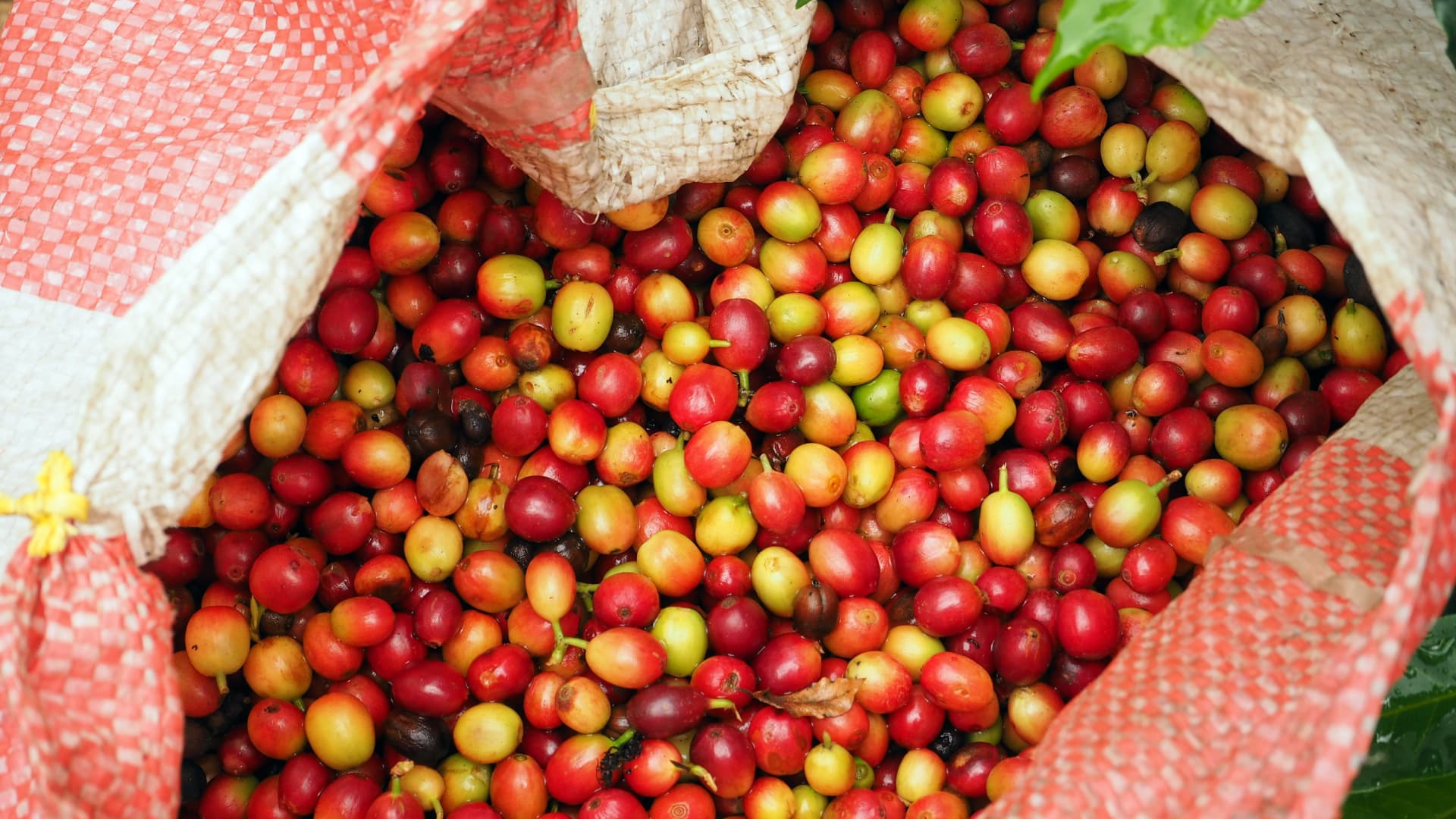
With American coffee drinkers increasingly opting for specialty items like espresso-based beverages and cold brews, U.S. instant coffee consumption has fallen, with just 4% of Americans choosing the quick-and-easy offering, according to the National Coffee Association.
Overseas it’s a different story.
Soluble coffee accounts for about a quarter of the beverage consumed globally, according to Brazilian Instant Coffee Industry Association, and that number is rising.
“People often think that people have stopped drinking instant coffee because we have so much specialty coffee in abundance today,” said coffee expert Jake Leonti at food and beverage consulting firm F+B Therapy. “However, it actually has been steadily growing for the last 20 years.”
Known for its affordability and convenience, instant coffee is known as the black sheep of the coffee world. And yet 6,100 cups of Nescafé instant coffee are consumed every second, according to the company, Swiss-based food giant Nestlé’s largest coffee brand.
With 25 factories globally, Nescafé is sold in 180 countries. Worldwide one in seven cups of coffee consumed is a Nescafé.
So how did the Nescafé brand grow so large, and what is the future of soluble coffee?
To find out, CNBC traveled to Vietnam, the world’s second-largest exporter of coffee behind Brazil, to get a look at Nescafé operations.
